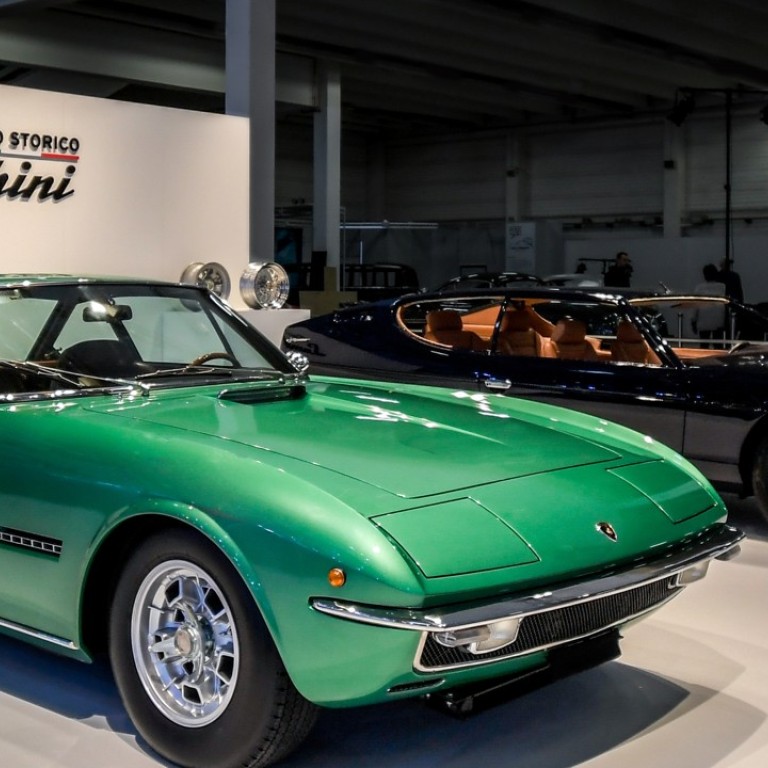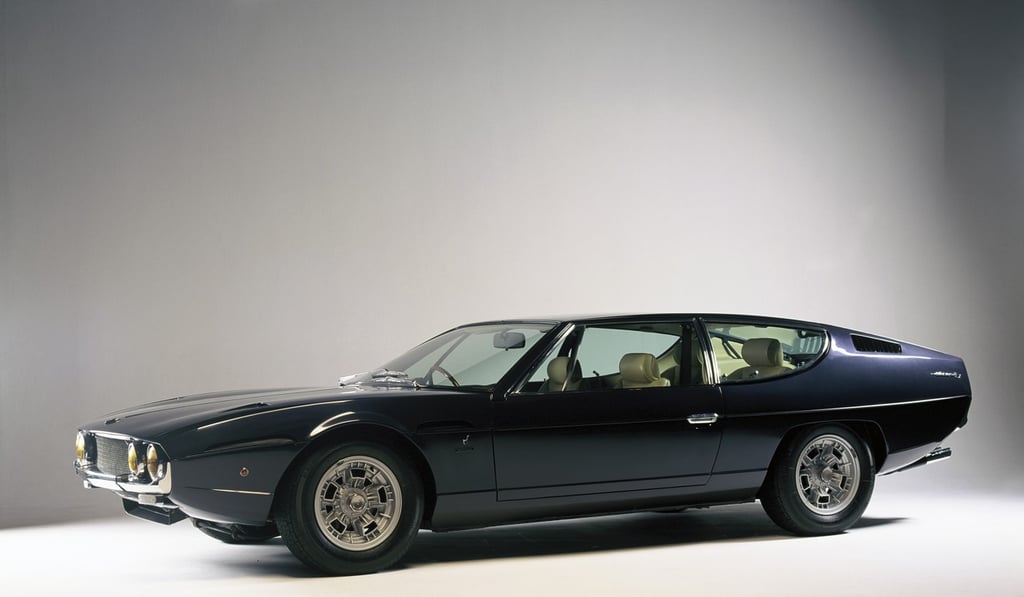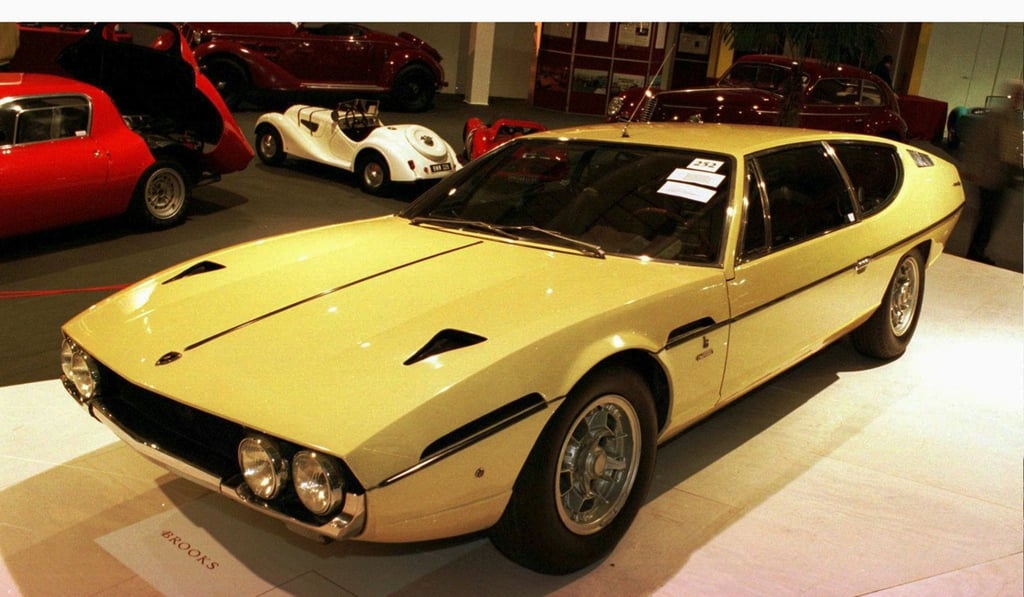Lamborghini celebrates 50th anniversary of the launch of the Espada and Islero

The last Shah of Iran owned an Espada, while Roger Moore test drove the Islero in the movie ‘The Man Who Haunted Himself’
If you are planning a road trip in Italy in early September – 7 to 11 to be precise – be alert: most likely you will encounter a long line of classic Lamborghinis roaring along the roads from Perugia, Assisi, Chianti to Sant’Agata. Or you might meet many Lamborghini collectors during your stops at local wineries and museums. Why? Because there will be a Lamborghini celebratory tour.

The tour is organised by Polo Storico Lamborghini, the division that handles the restoration of older Lamborghini models, to celebrate the 50th anniversary of the launch of the Espada and Islero.

Created by legendary car designer Marcello Gandini whose works included the Diablo and the Miura, the Espada was not only the first four-seater Lamborghini, but also the first Lamborghini to be offered, on request, in a version with automatic transmission.

It was an engineering breakthrough to transfer the torque and power of a 4.0 V12 engine to a model with automatic transmission which, in the Espada’s case, was able to reach a top speed of 245km/h.
Around 1,226 units were produced during its 10-year production run from 1968 to 1978.